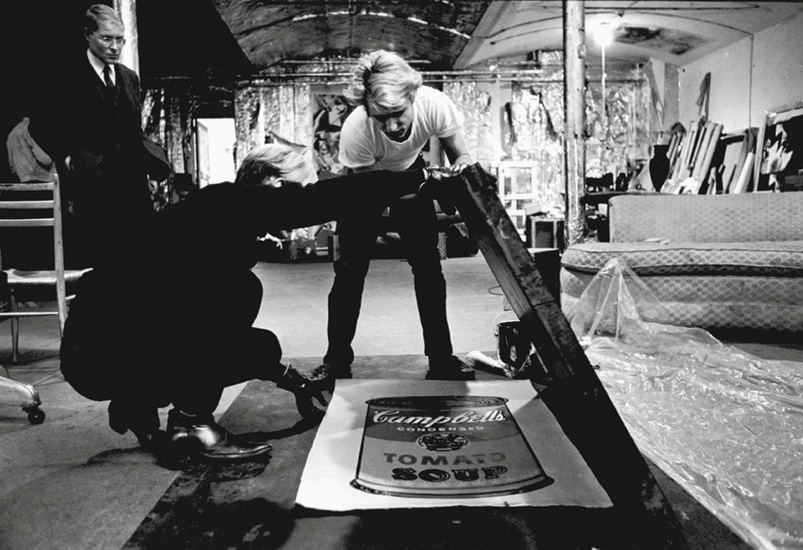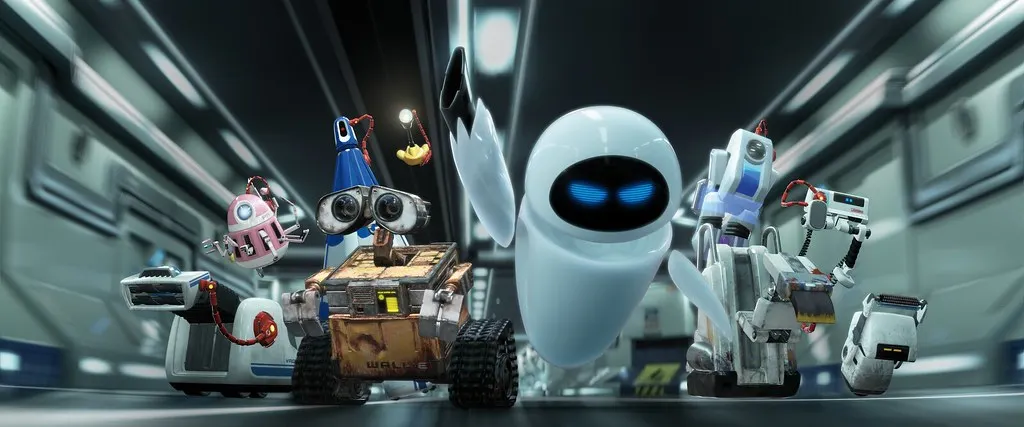Week 3: Robotics + Art - Angela Zhang
In our increasingly automated world, the lines between human and machine are blurring. Robots have emerged from the realms of science fiction to become an inescapable part of our daily lives and industries. As we look to a future filled with advanced artificial intelligences, it's worth examining the evolving relationship between robotics and art.
After all, art has always been an expression of humanity - our emotions, perspectives, and cultures. So what happens as robotic technologies become more integrated into the artistic process?
As industries modernized and mass production became the norm, there was a seismic shift in how art and media were created, disseminated and experienced by society. The philosopher Walter Benjamin foresaw this in his 1935 essay "The Work of Art in the Age of Mechanical Reproduction." He argued that mass-produced art lacked the unique "aura" of original works, altering the relationship between artist and audience ("Work of Art").
 |
|
Benjamin's ideas resonate in ways he may not have predicted. Movies, a new art form in his time, have become one of the most replicated and widely consumed media today. The 2008 film WALL-E provides an insightful allegory about industrialization's double-edged impact. The little robot protagonists bring whimsy and humanity to an Earth ravaged by mass consumption and waste. Yet they are themselves products of an industrial mega-corporation (Mihelich).
 |
| Wall-E by Pixar Animation Studios, IMDb, https://www.imdb.com/title/tt0910970/mediaviewer/rm1808595200/ |
 |
| The different robots in Wall-E, by Pixar Animation Studios https://medium.com/pixarplace/the-best-wall-e-background-characters-that-you-didnt-know-had-names-2d1d5b361151 |
While conveniences like WALL-E's robot companions make aspects of modern life easier, there is a risk of isolating ourselves through technology, as the spaceship's human passengers discover. Industrialization breeds comfort but also alienation from nature and community (Foreman).
As Benjamin predicted, mass media can make art more accessible but also more disposable and transitory. The artistry and care in traditional creation is often lost. Yet industrialization has enabled new art forms like film to emerge and evolve (Benjamin). Society's role is to embrace their democratizing potential while preserving works of lasting cultural significance (Suderburg).
References:
Benjamin, Walter. "The Work of Art in the Age of Mechanical Reproduction." Marxists, https://www.marxists.org/reference/subject/philosophy/works/ge/benjamin.htm. Referred to as "Work of Art" in the text.
Foreman, Amanda. "Embracing the Machine: A Look at How Technology Has Transformed Art." Smithsonian Magazine, 30 Nov. 2018, https://www.smithsonianmag.com/arts-culture/technology-and-art-180970900/.
Mihelich, John. "WALL-E: An Animated Allegory on the Environment and Societal Ills." ASU Center for Biology and Society, 3 Dec. 2008, https://bioethics.asu.edu/explore-ideas/reading-materials/wall-e.
Suderburg, Erika. "Introduction: On Installation and Site Specificity." Space, Site, Intervention: Situating Installation Art, edited by Erika Suderburg, University of Minnesota Press, 2000, pp. 1–22.
"Industrialization." Encyclopædia Britannica, Encyclopædia Britannica, Inc., https://www.britannica.com/topic/industrialization.
Hi Angela! I really enjoyed reading your blog post and I thought that Wall-E was such a unique example of the fusion between art and robotics! It is interesting to think about animators creating rendering of robots-- I am sure they had to study robotic movement to make the art style of the animation the most accurate. I would be interested to see a project that is the reverse of this idea... possibly a robot that can create art! I also liked your inclusion of Andy Warhol's artistic process-- He is one of my favorite artists. :)
ReplyDeleteHi Angela, thanks for an exciting view of the intersection of robotics and the arts. Your view that robotics make life more comfortable but, on the other hand, reduce the necessity for conversation among human beings is also very much into my viewpoint. Art is eternal, and technology development brings in the usage of more and more tools for making ever more significant pieces of art. Robots may be one of them, but they will not be the last ones. Like the previous tools, the core idea comes from the human, for it can't empathize. And without the capability of empathy, art is dead.
ReplyDeleteHi Angela! I really love the way the content in your post flows as you introduce a larger question first and then provide unique examples of the merging of art and robotic technologies. I like that you focused your piece on fiction media in the art world that intersects with robotics. When people hear of robots intersecting with film media, I think most people would first think of documentaries or action and violent packed robot invasion films; I really love how you used the example of WALL-E as it is very different compared to the examples I considered. This example has helped me to realize that the idea of robotics taking over all facets of life is a concept that is expressed in so many different ways and directed to people of all ages.
ReplyDeleteHey Angela! As robots and AI get more involved in making art, things are changing a lot. It's a bit like when machines started making lots of things in factories. This means more people can enjoy art, but sometimes it loses that special touch that comes from human hands. Still, like how Andy Warhol used machines in his art, today's artists can use robots to make cool stuff. We just need to make sure that even with all this fancy tech, art still feels real and comes from the heart.
ReplyDelete